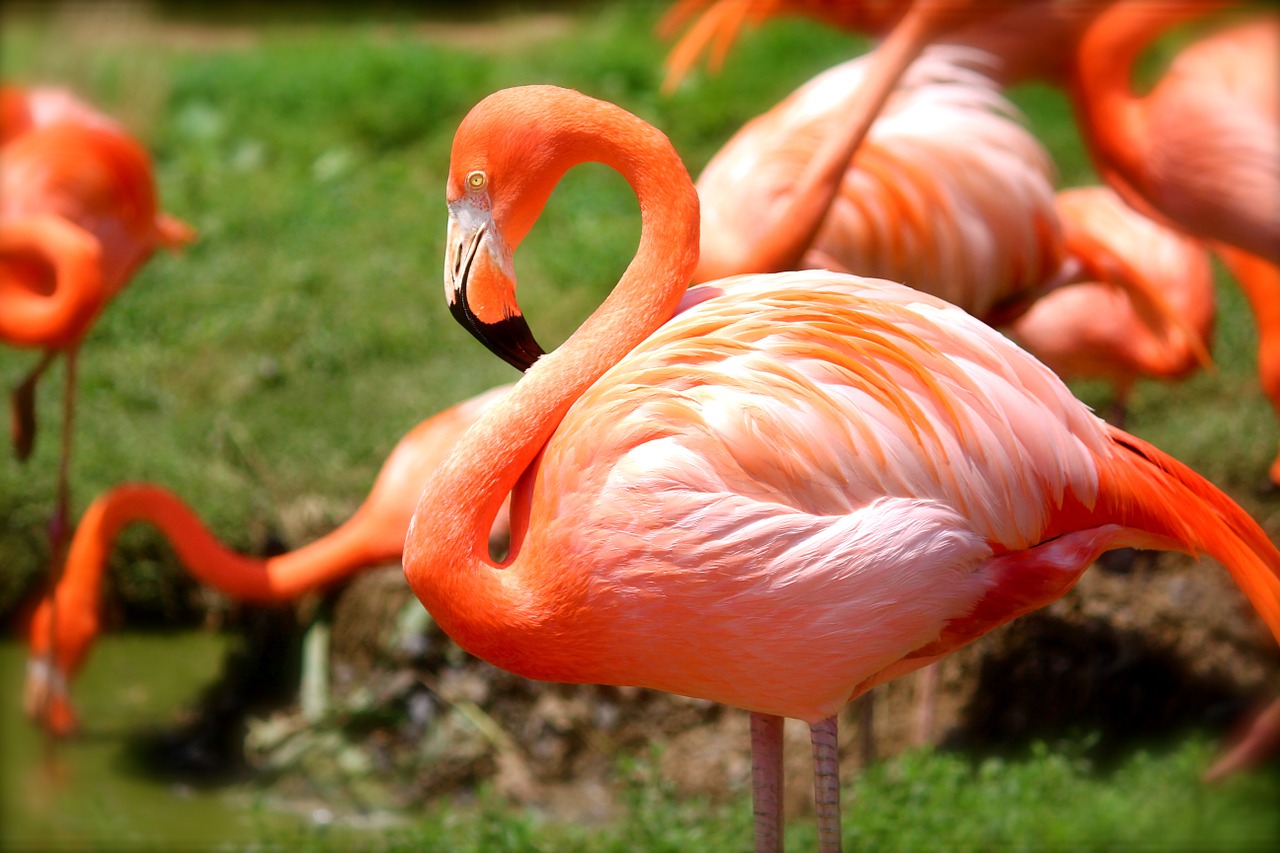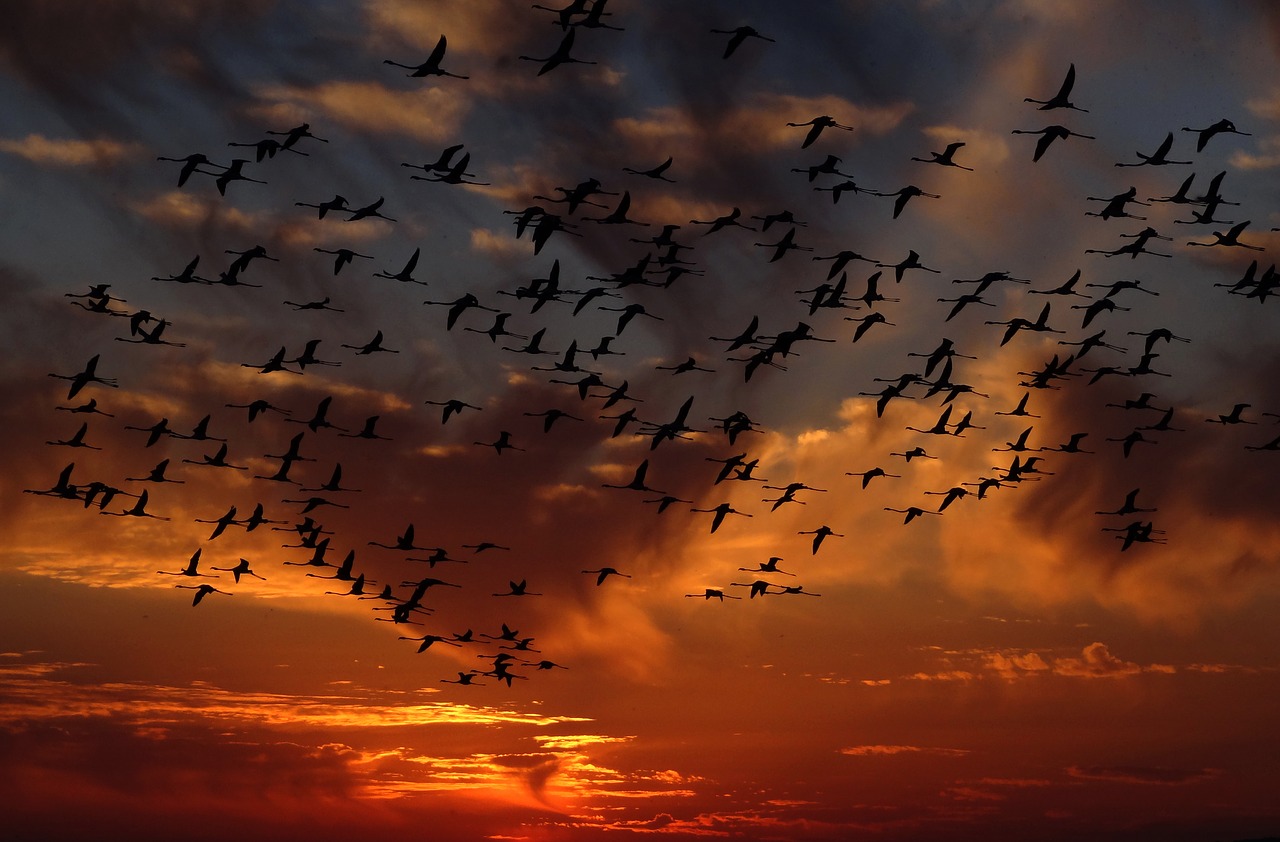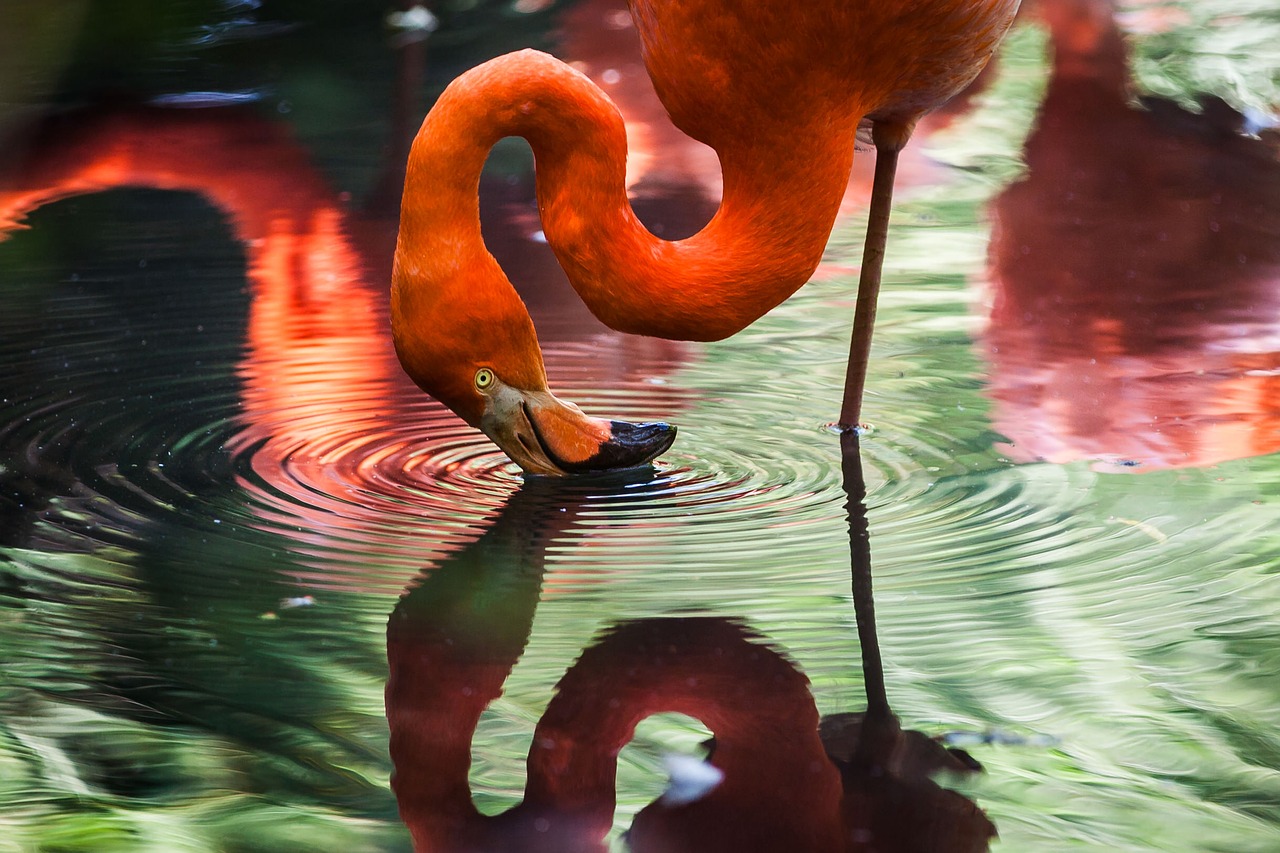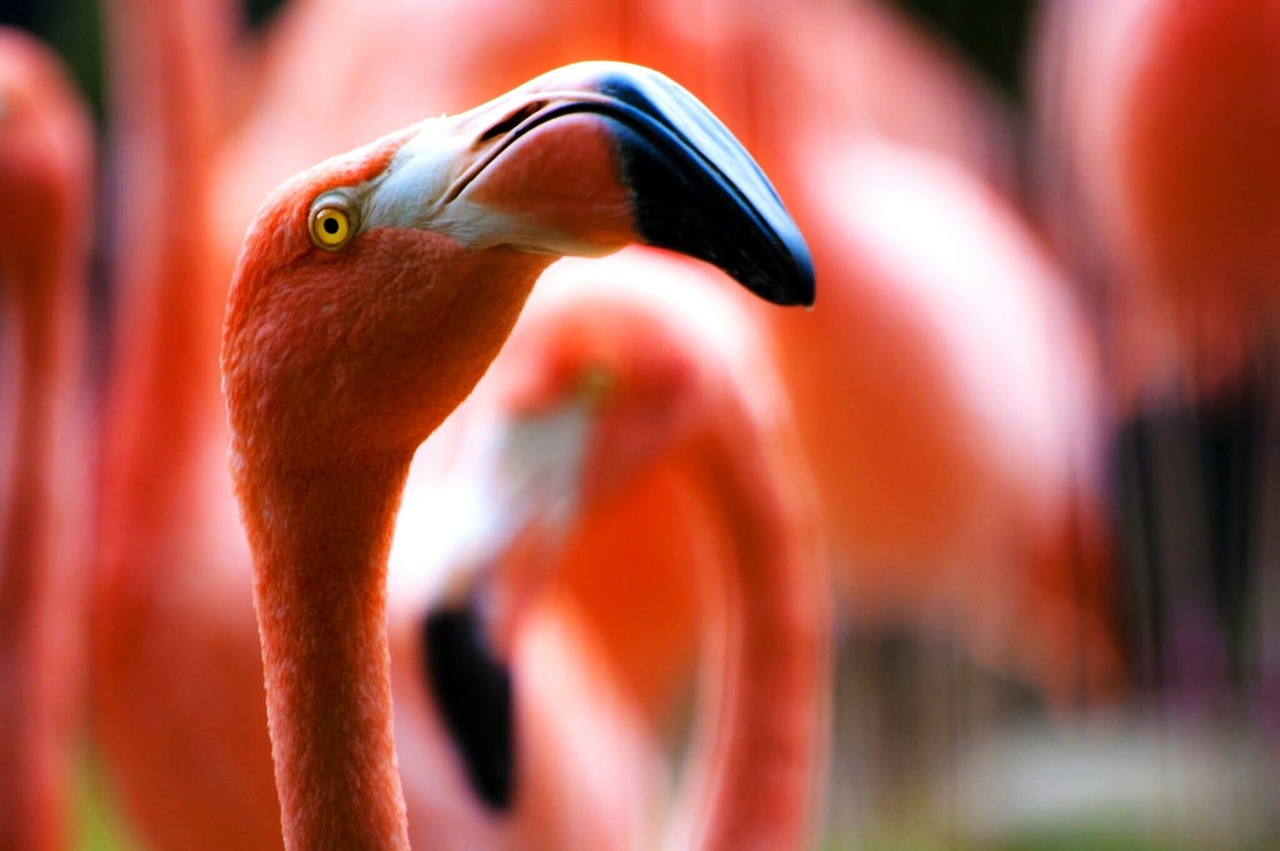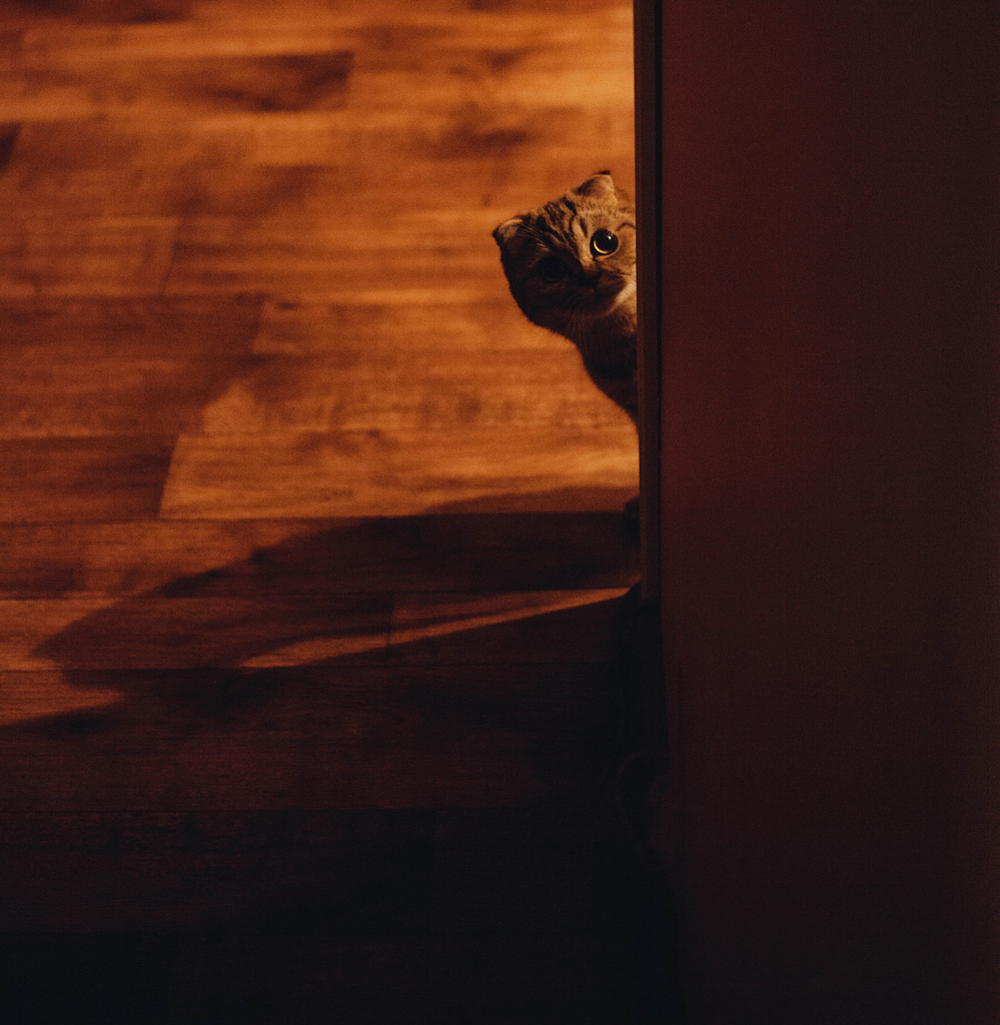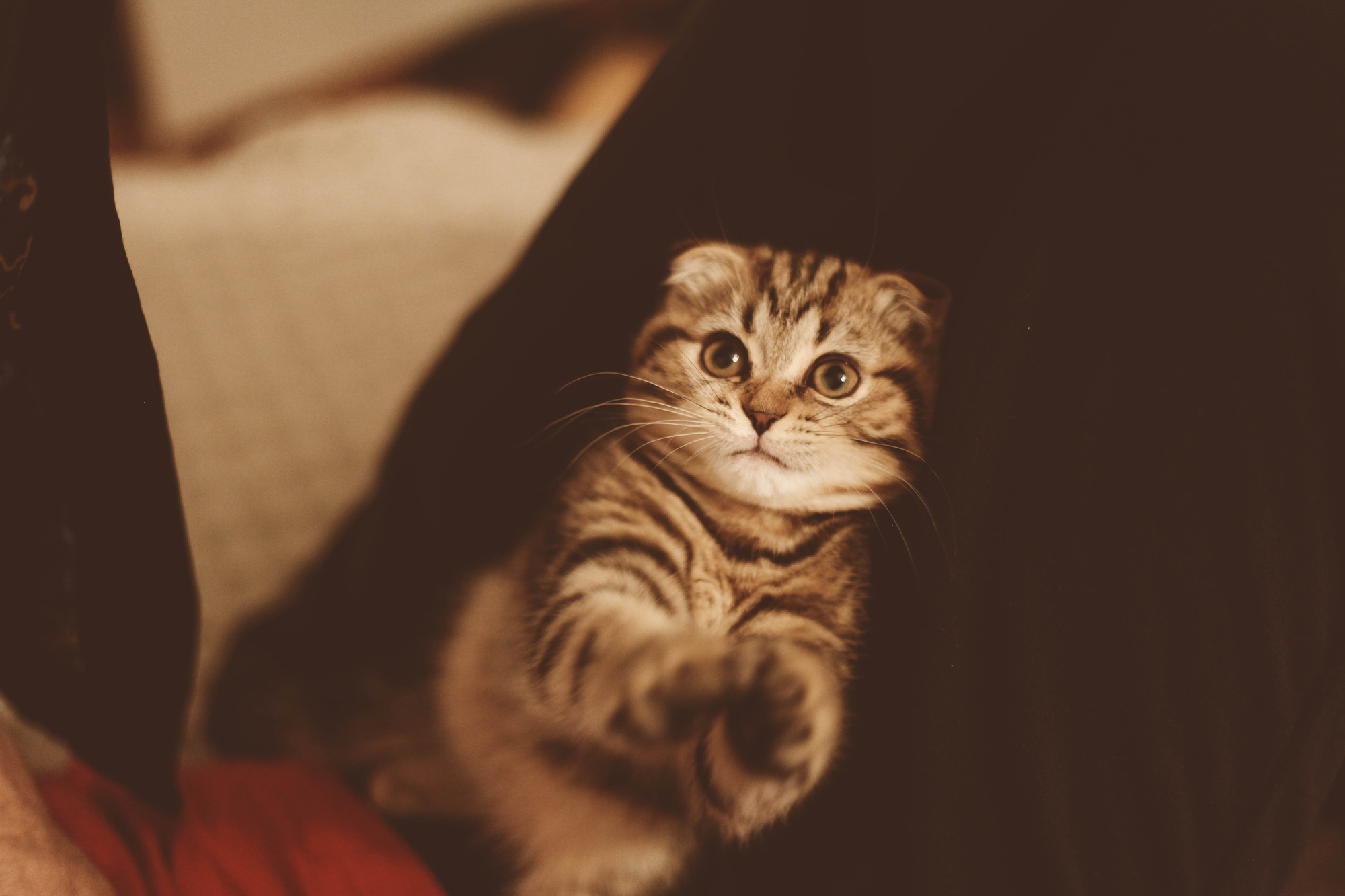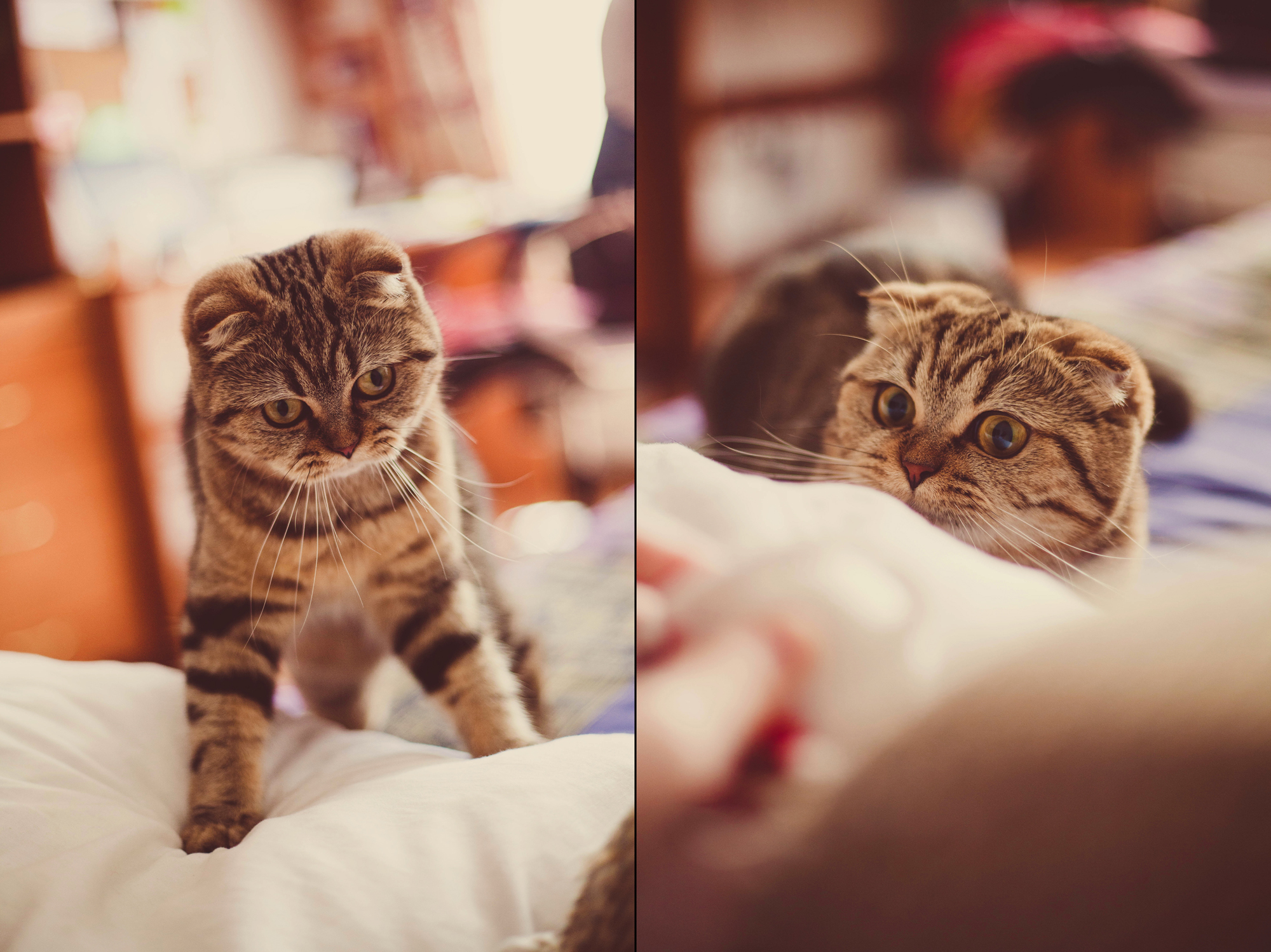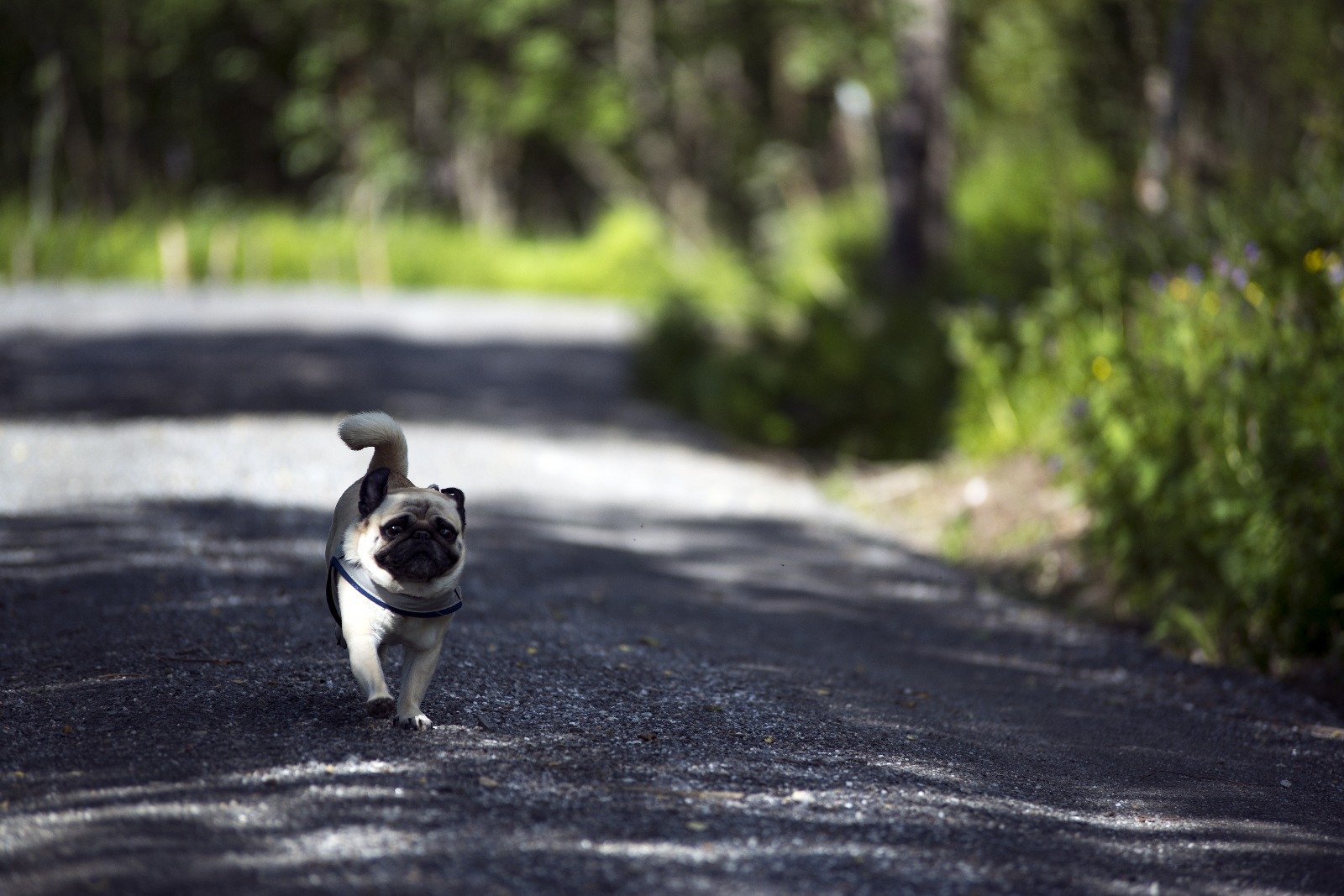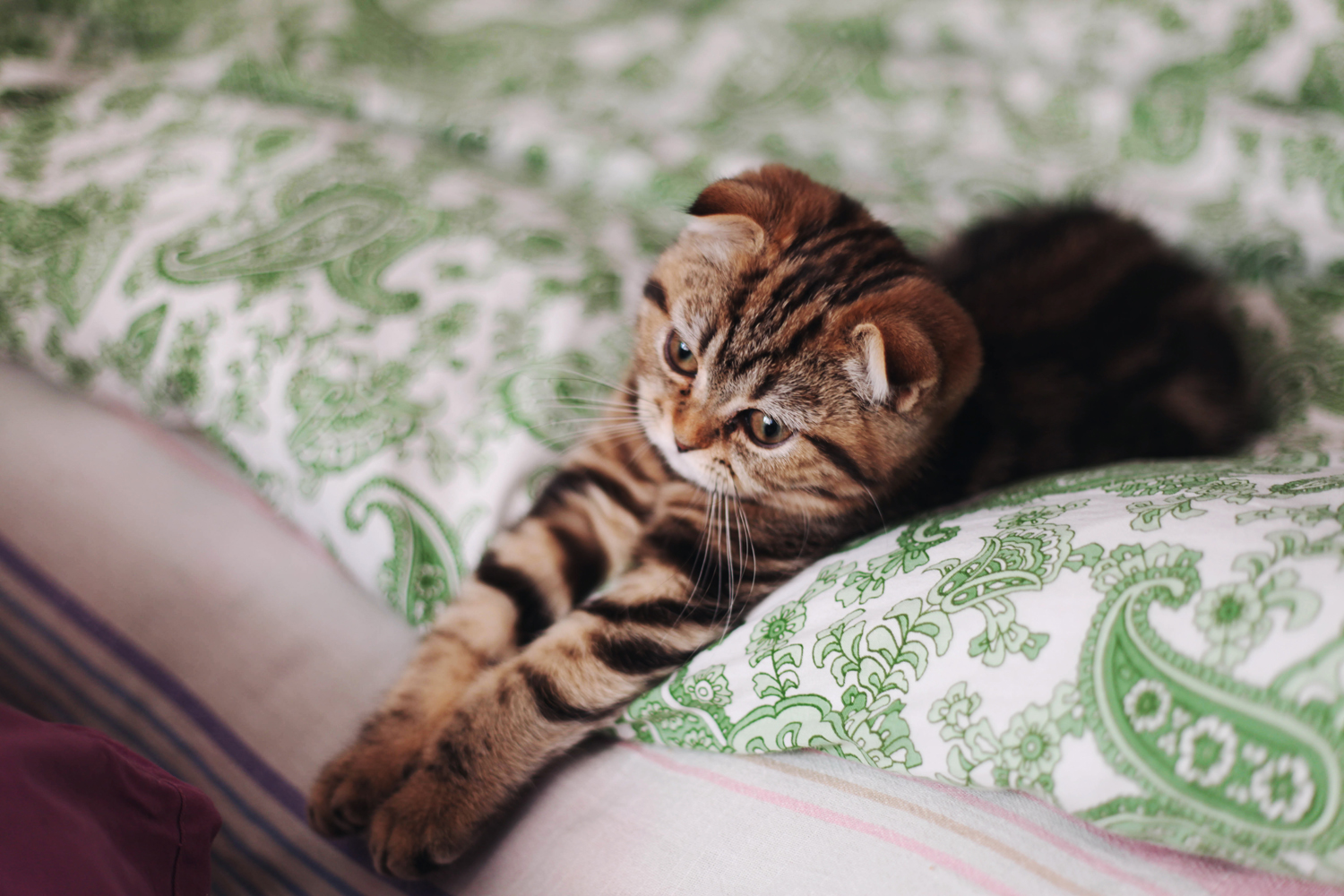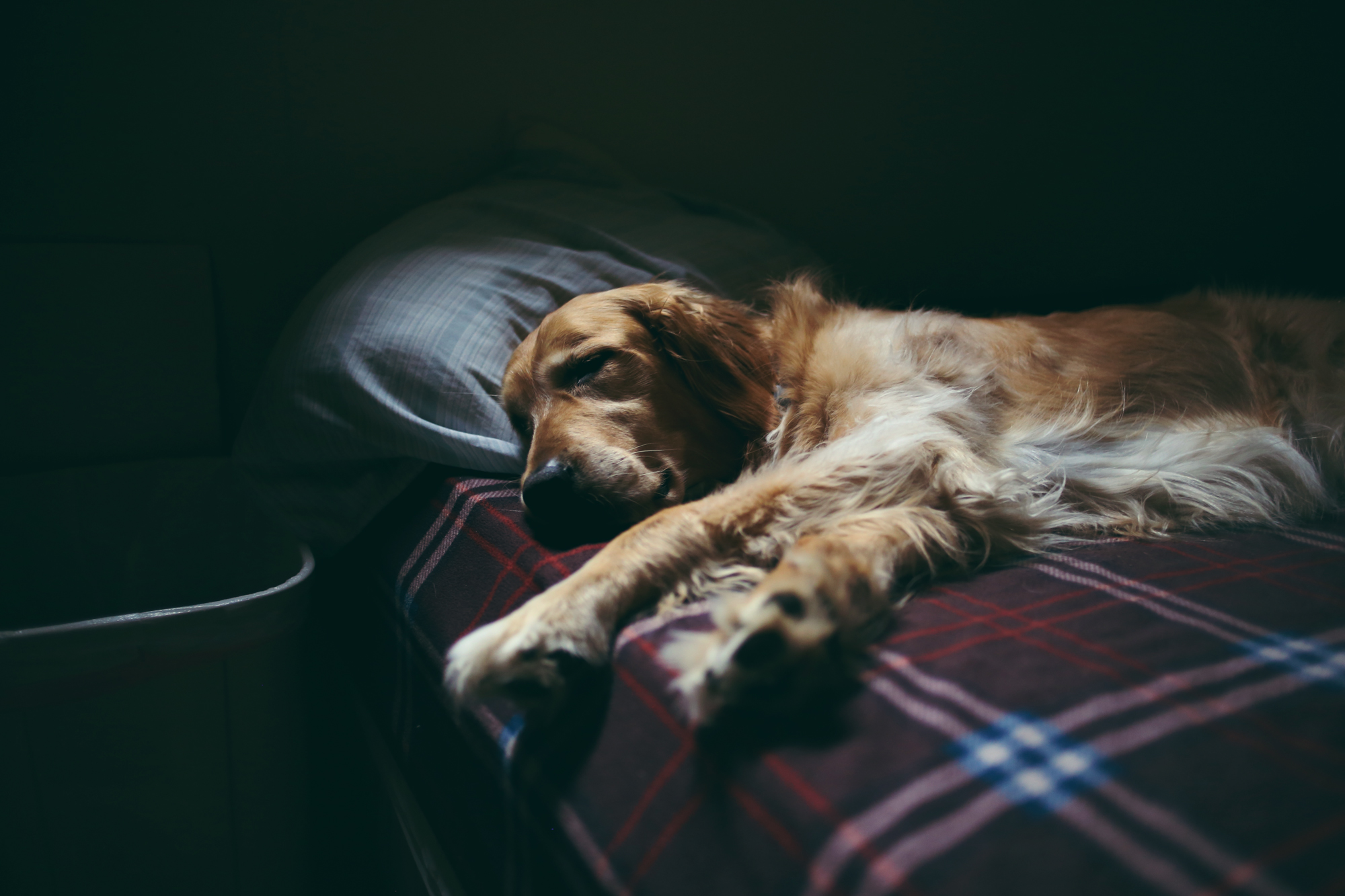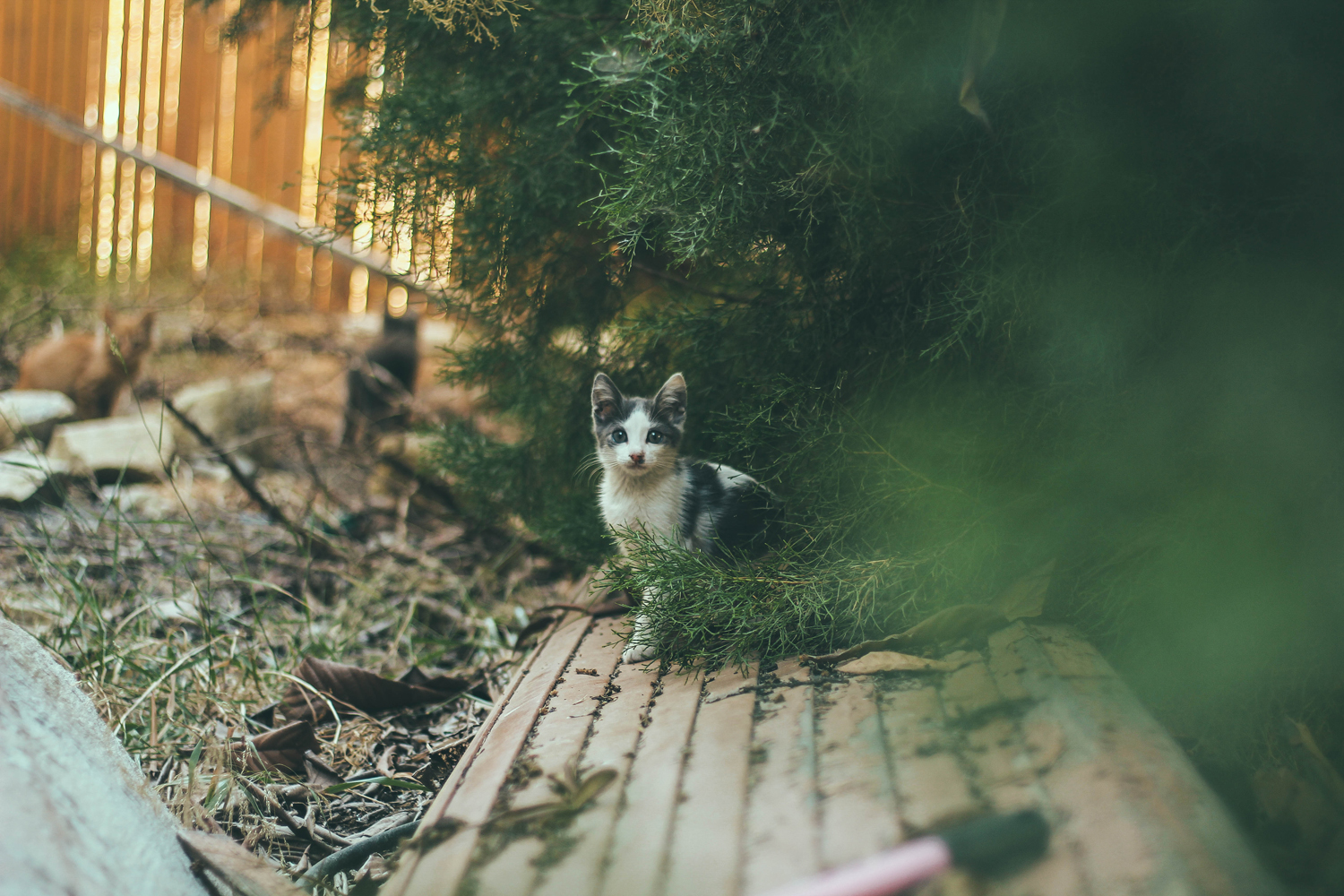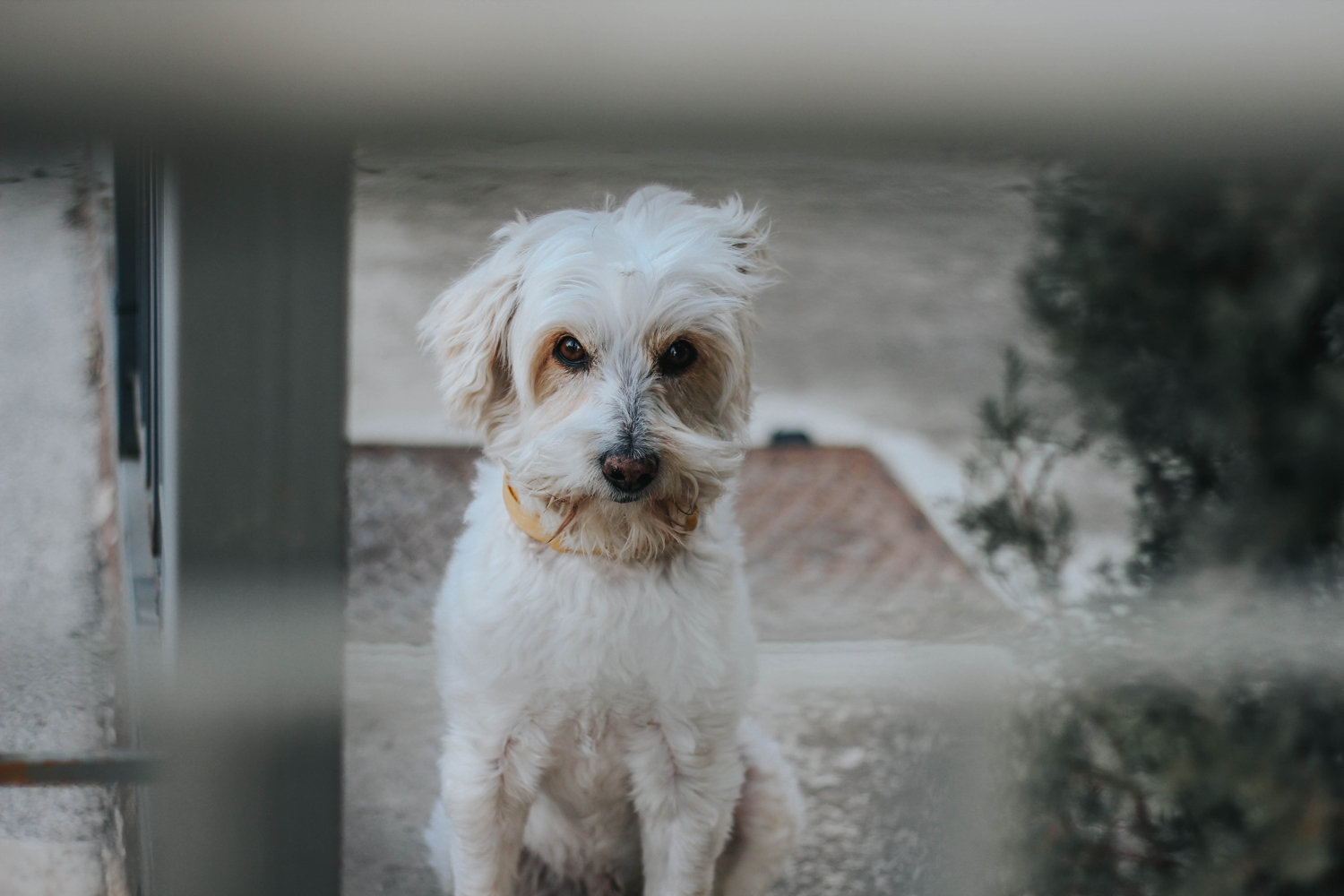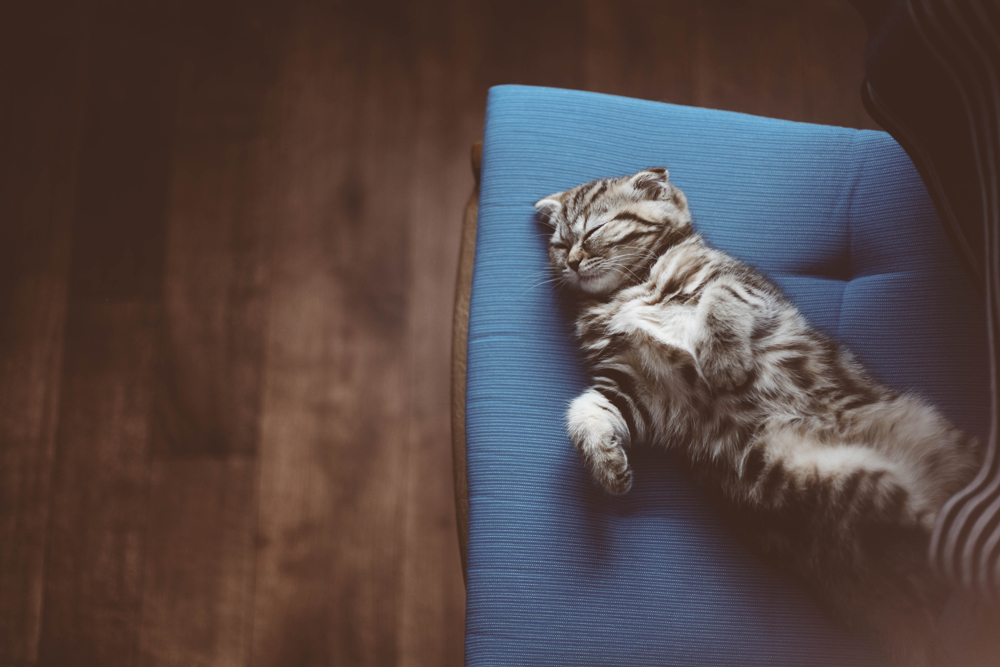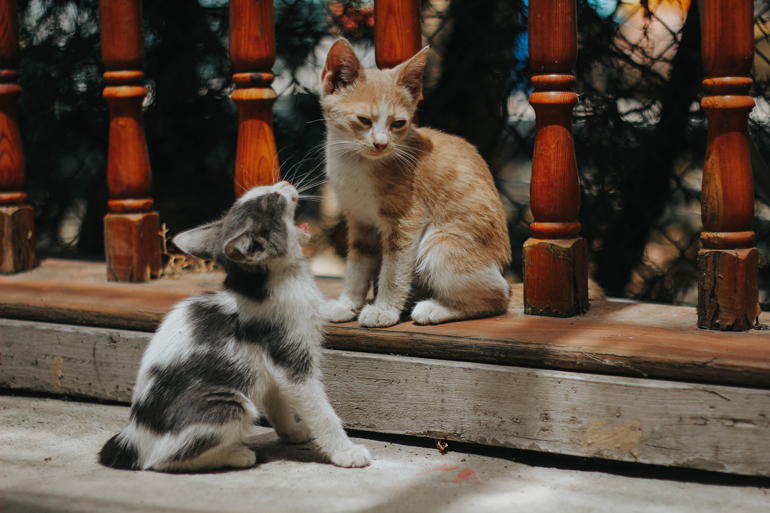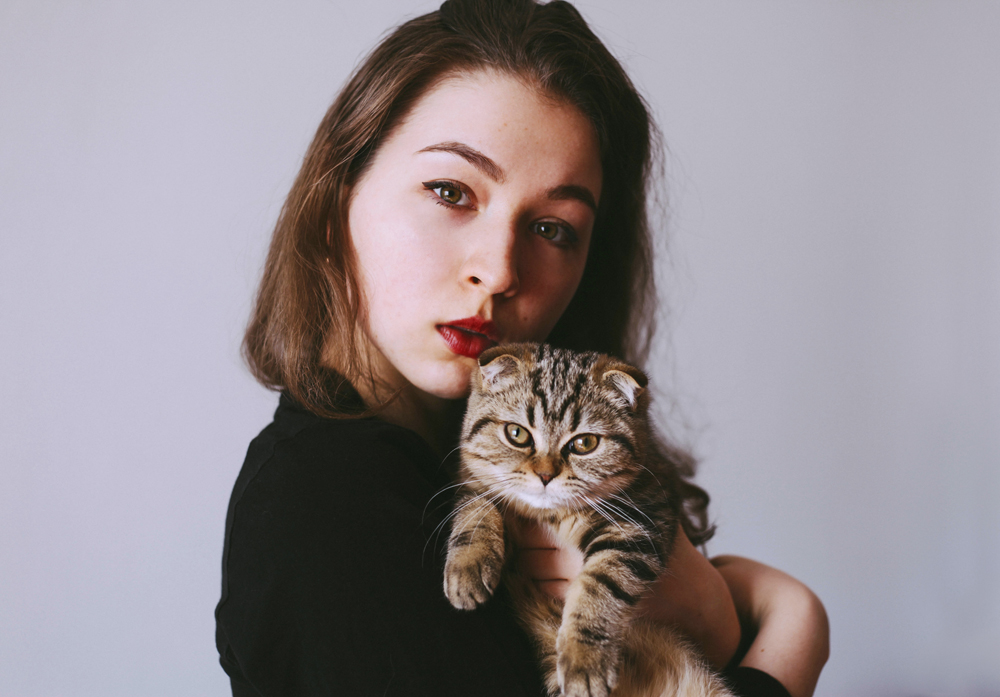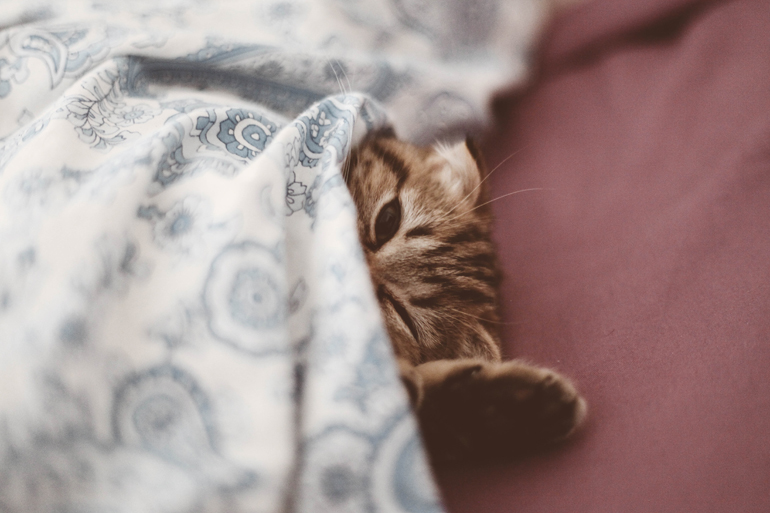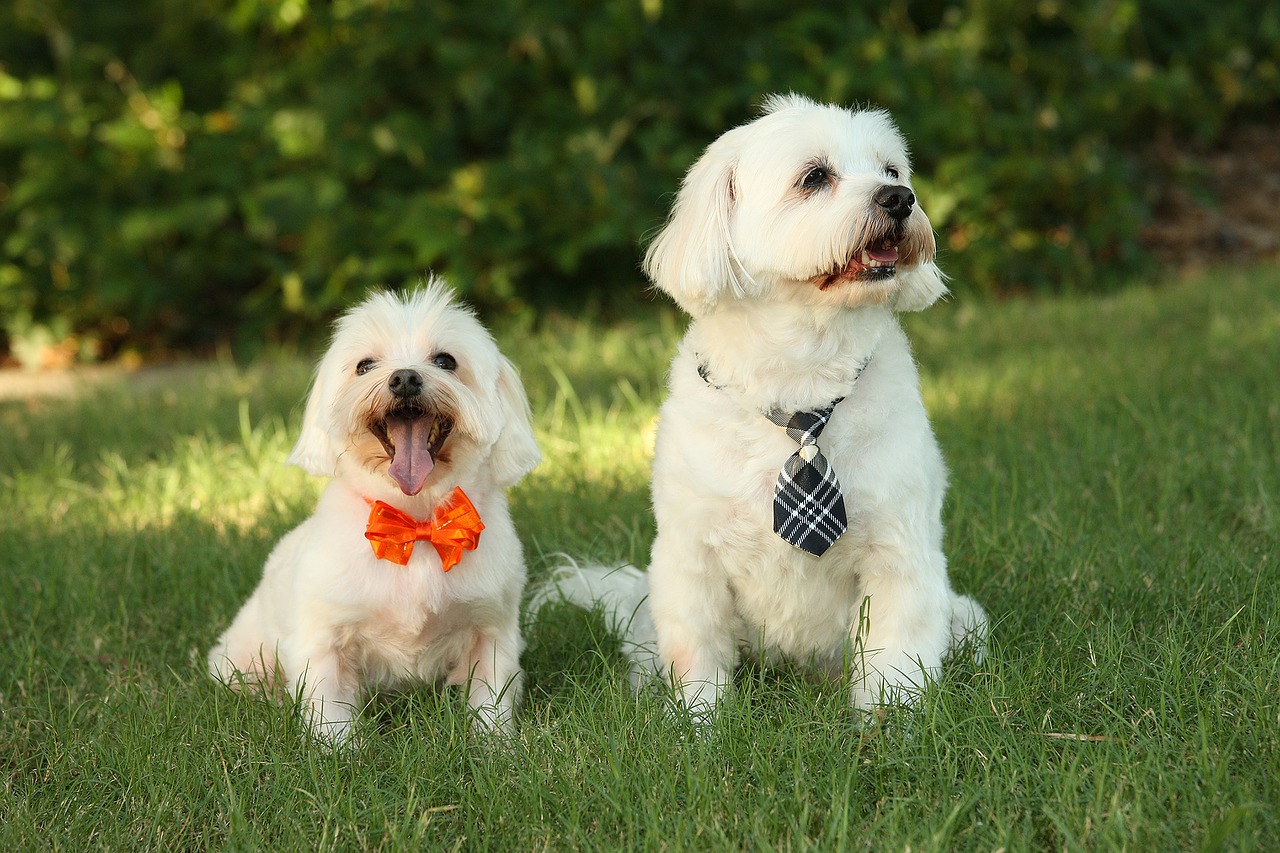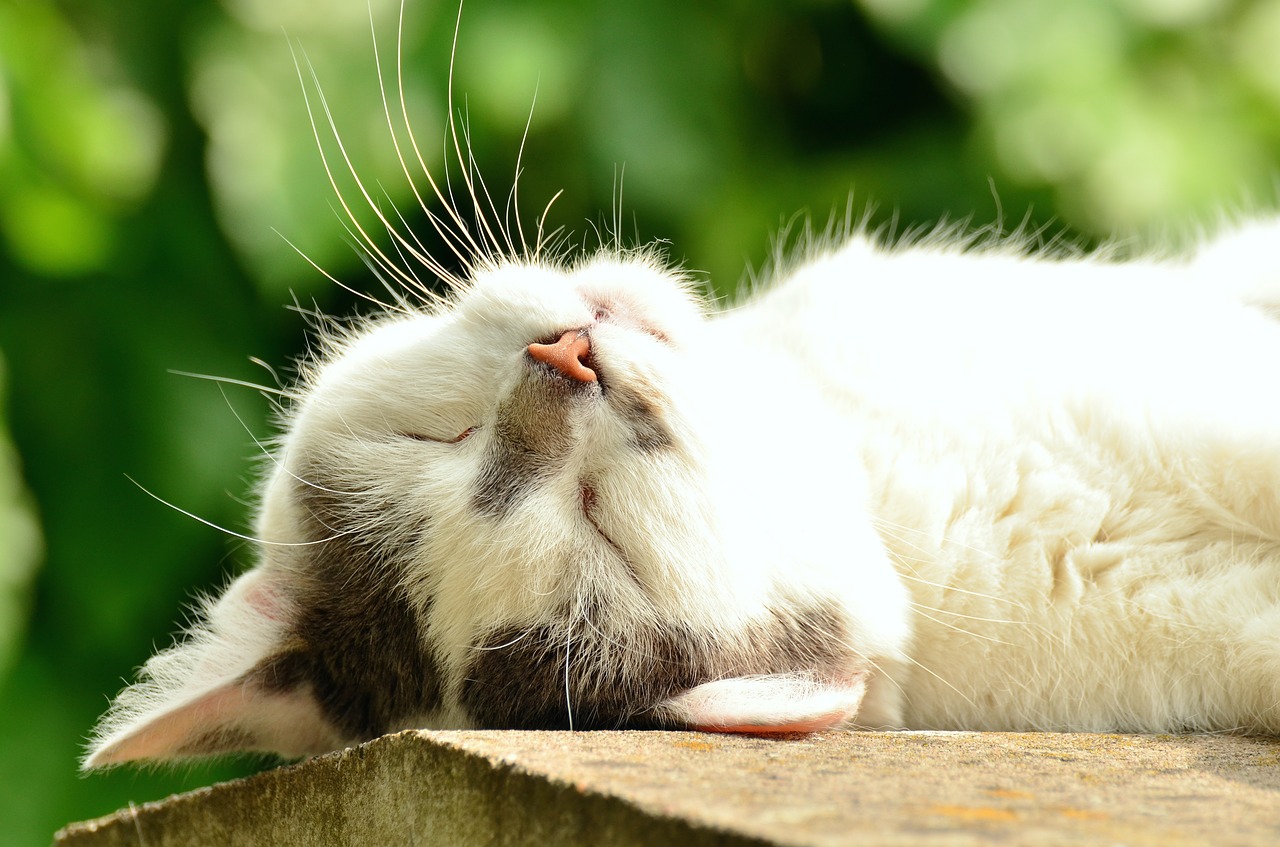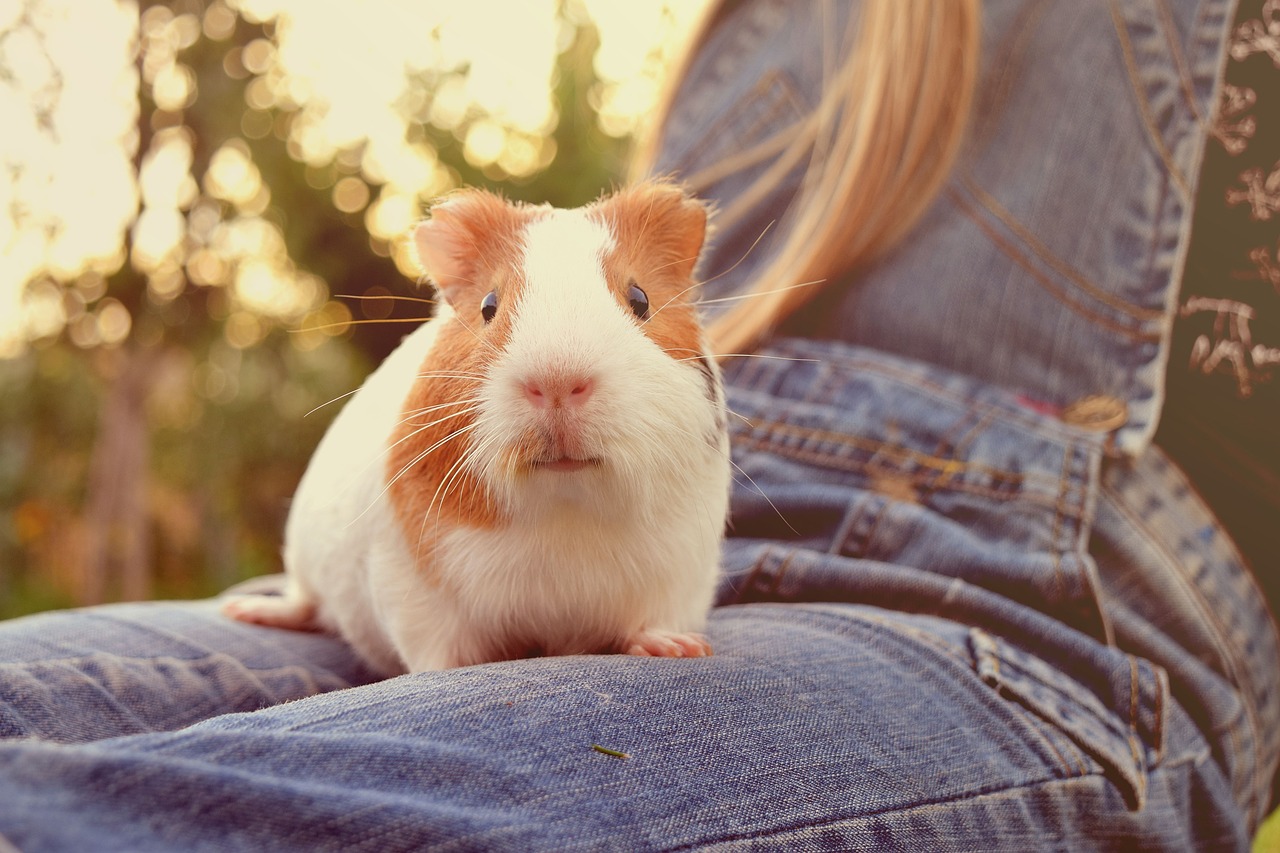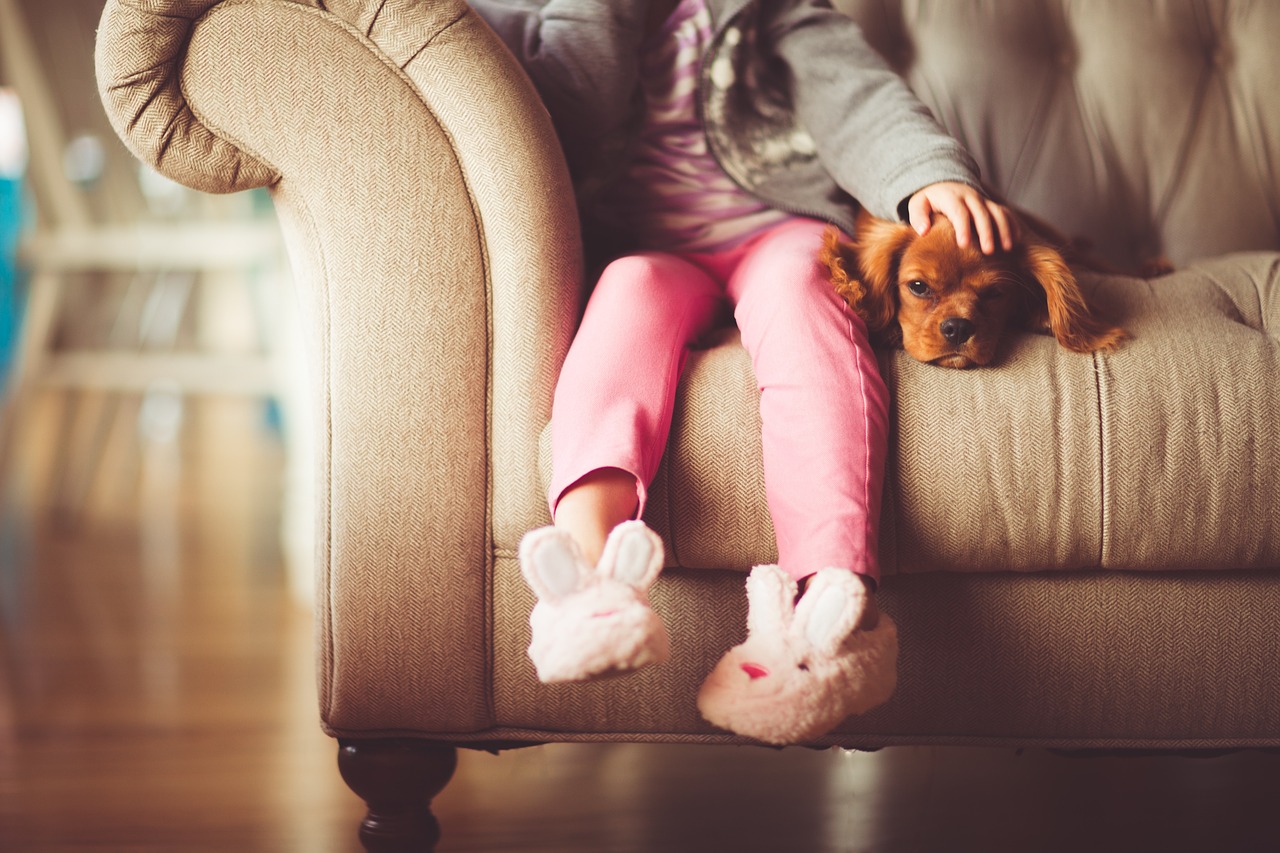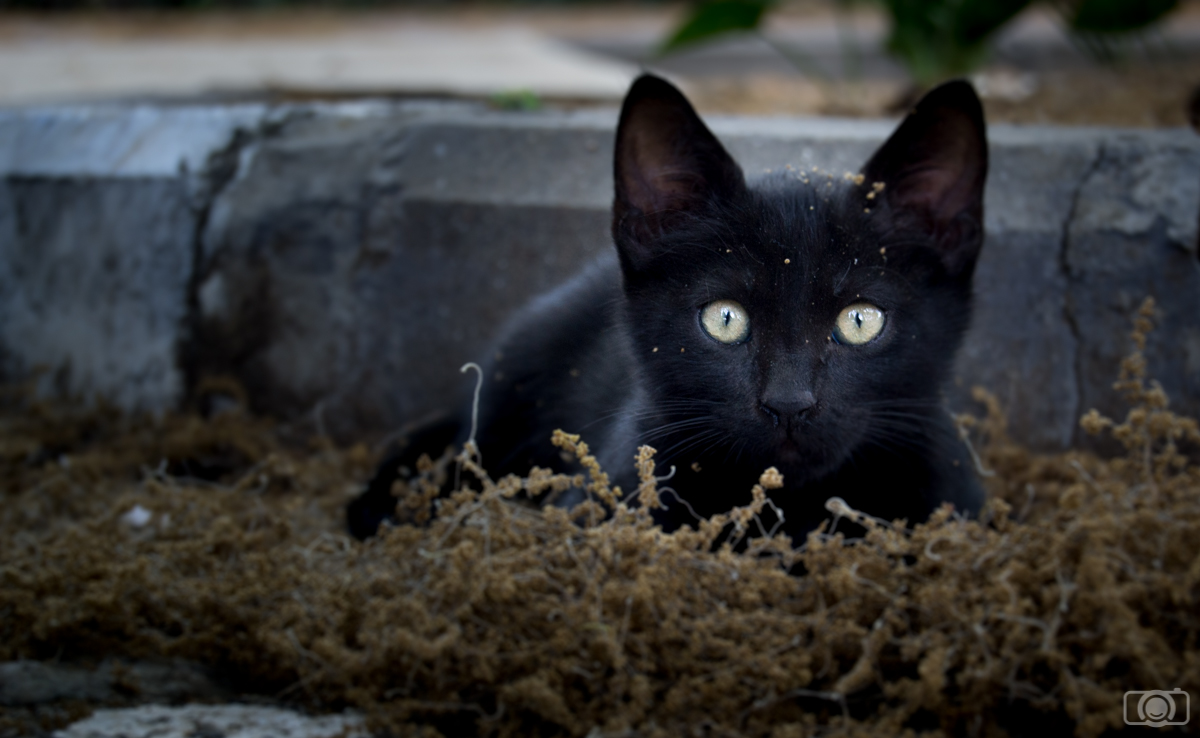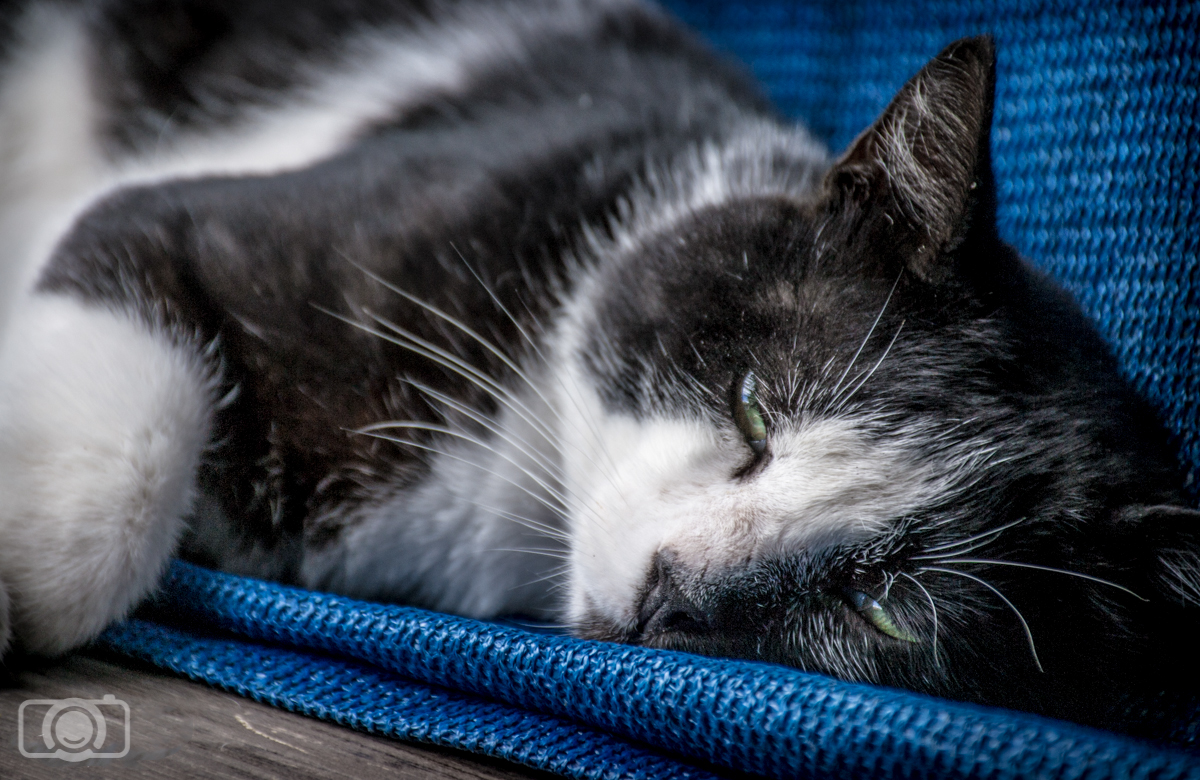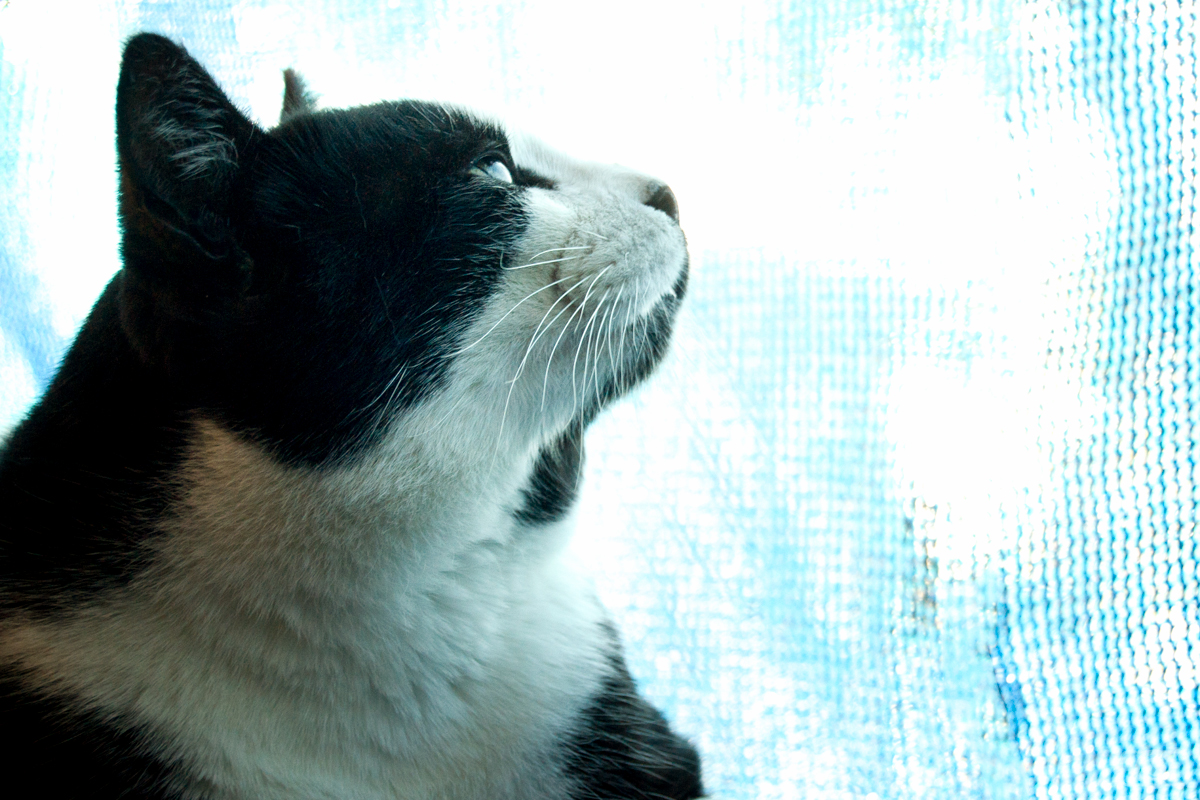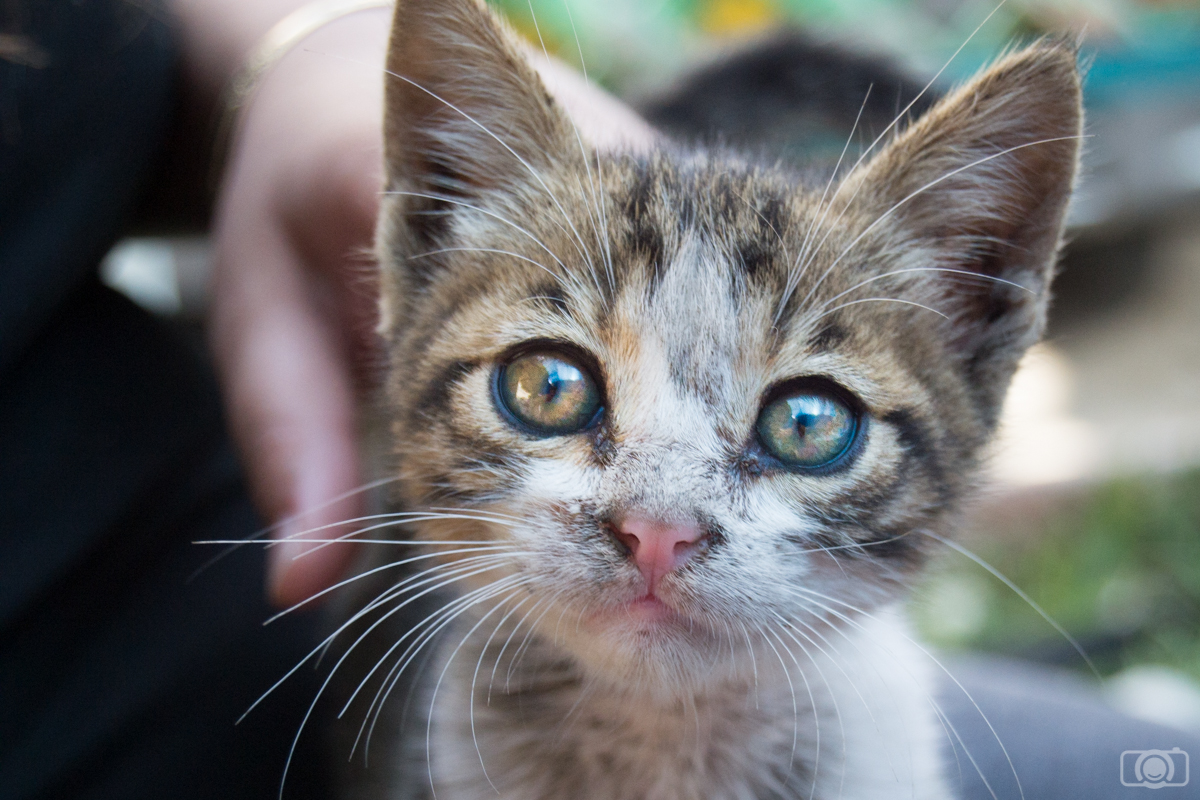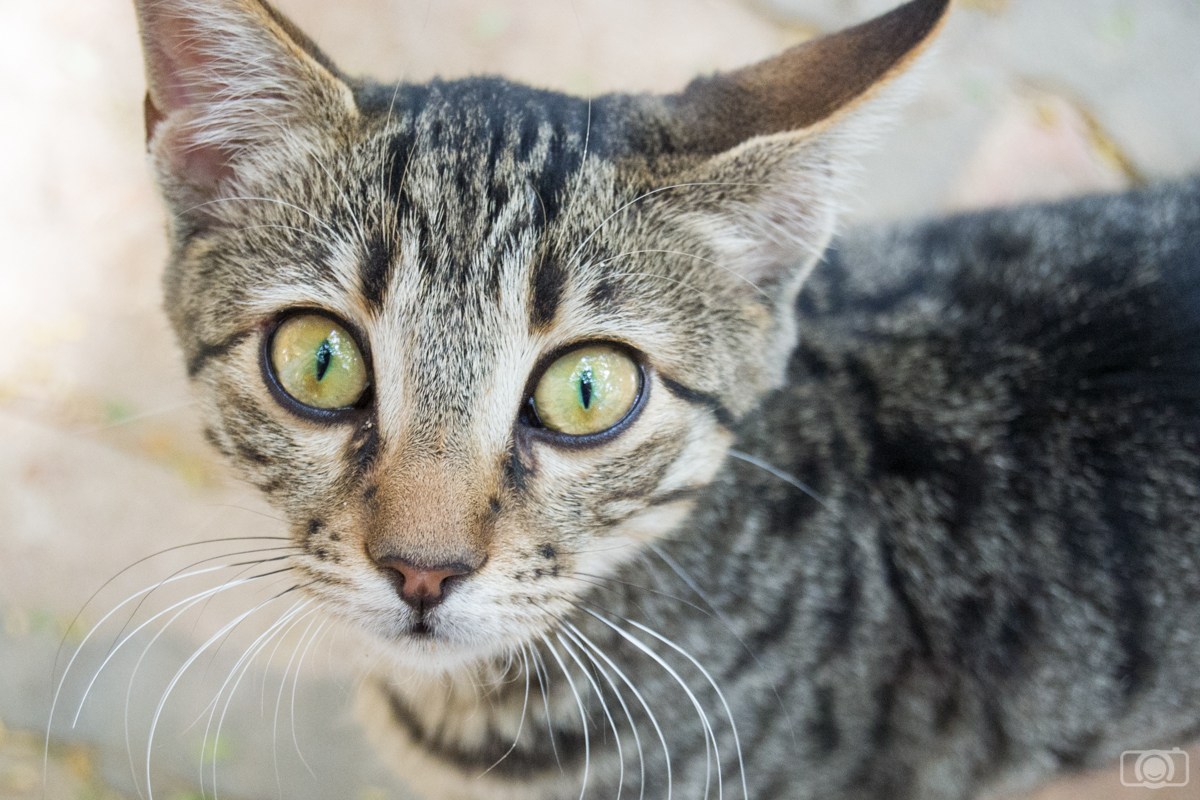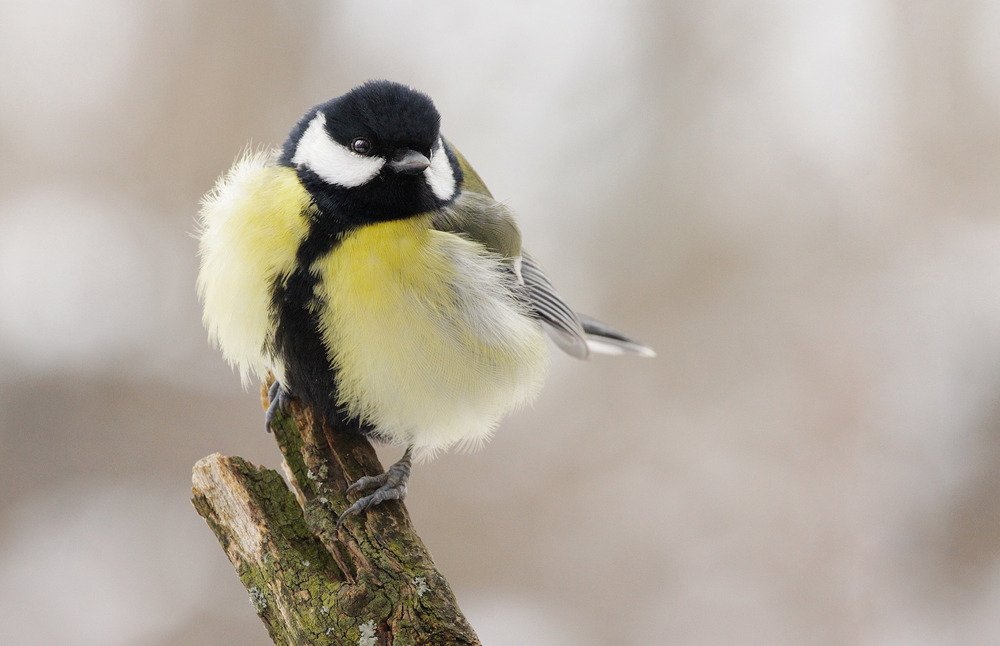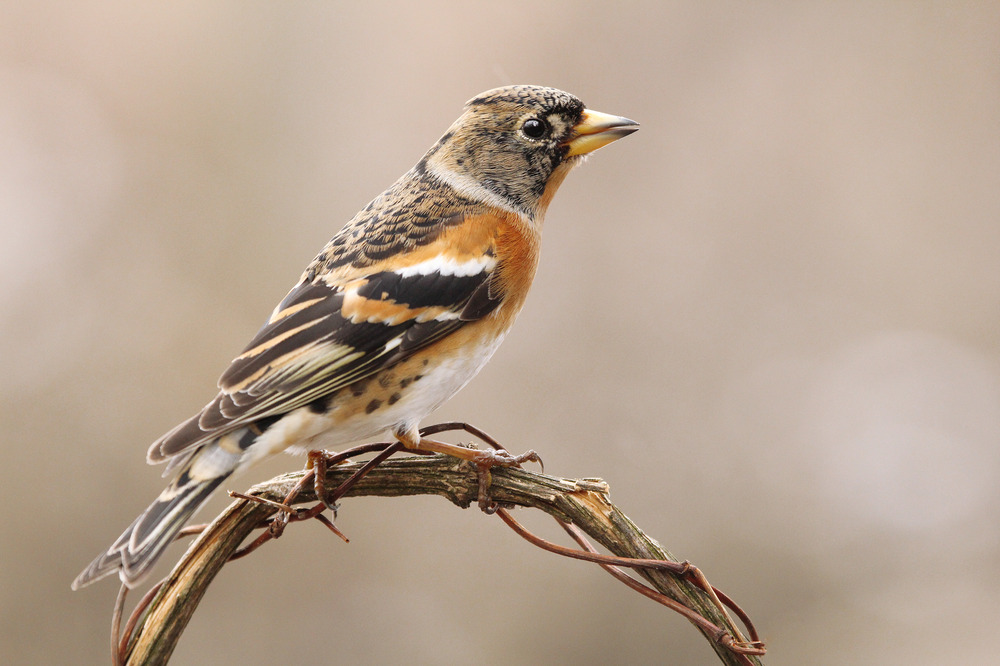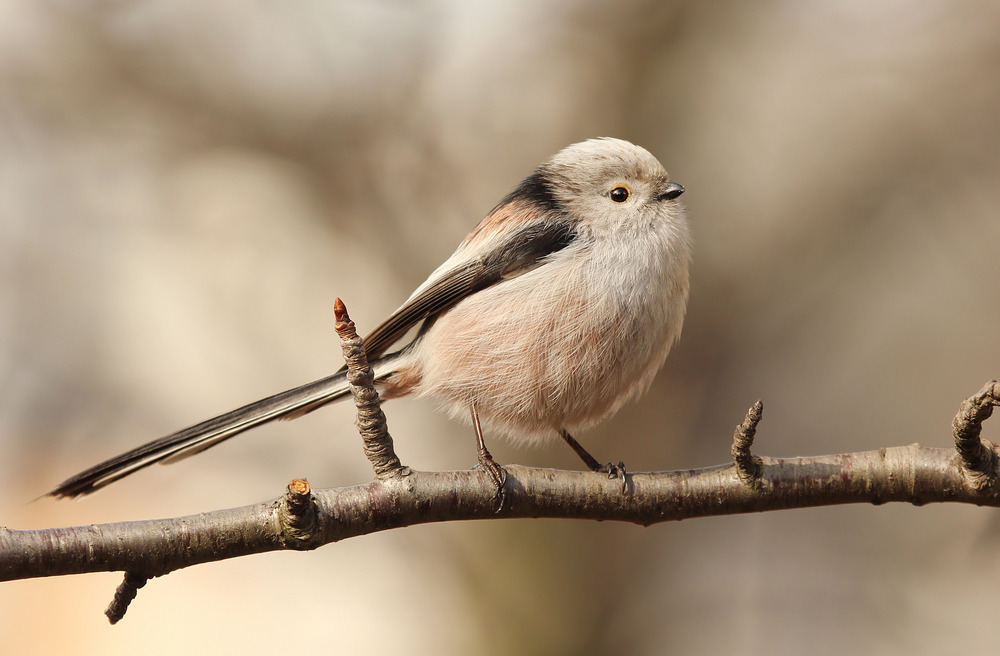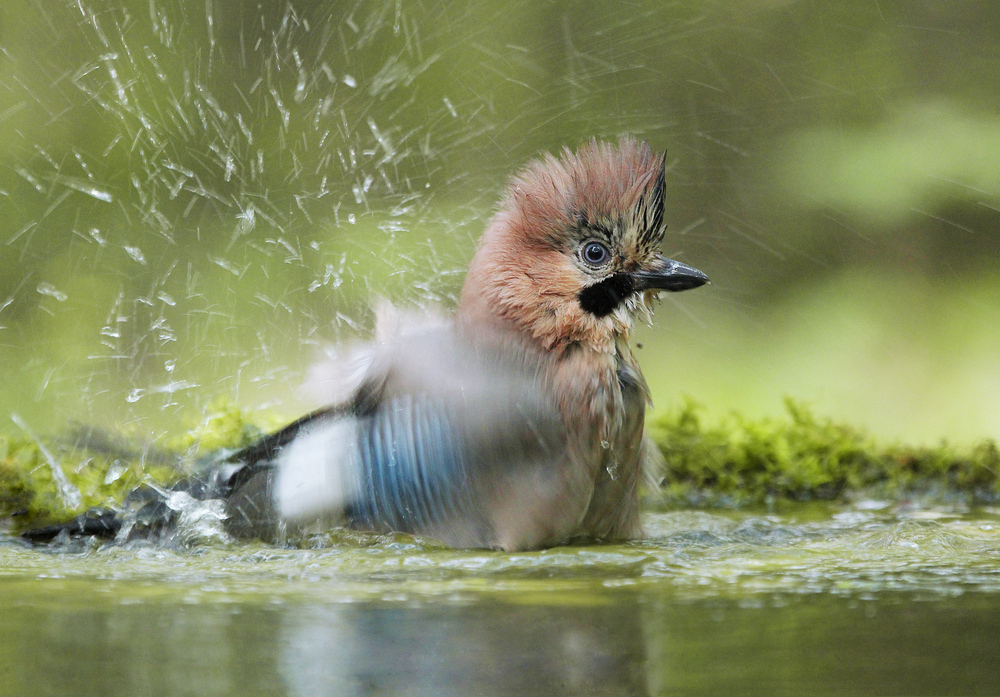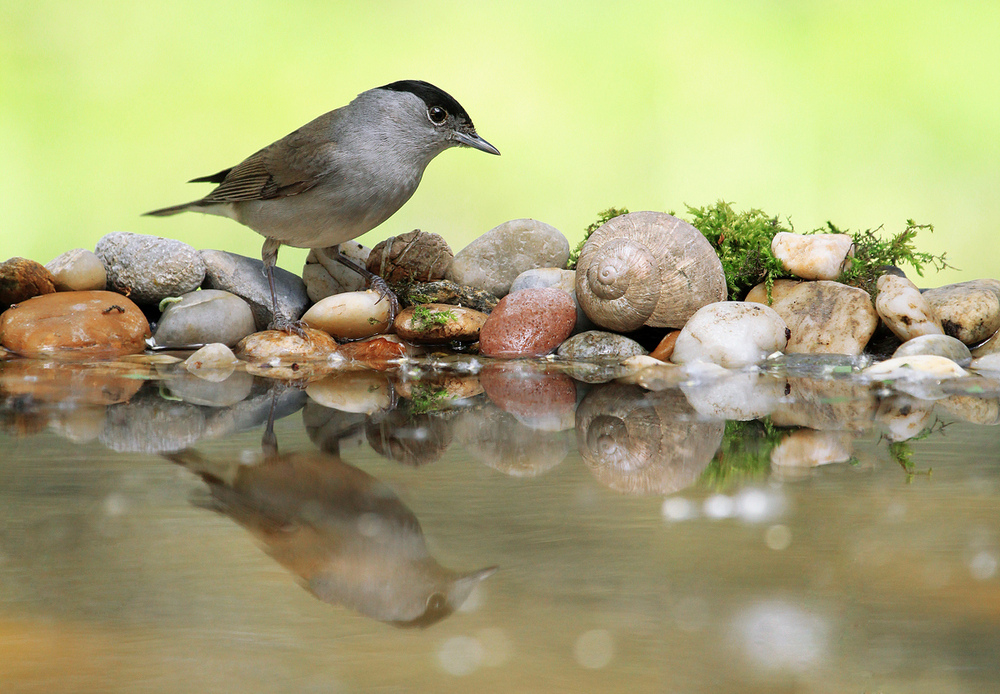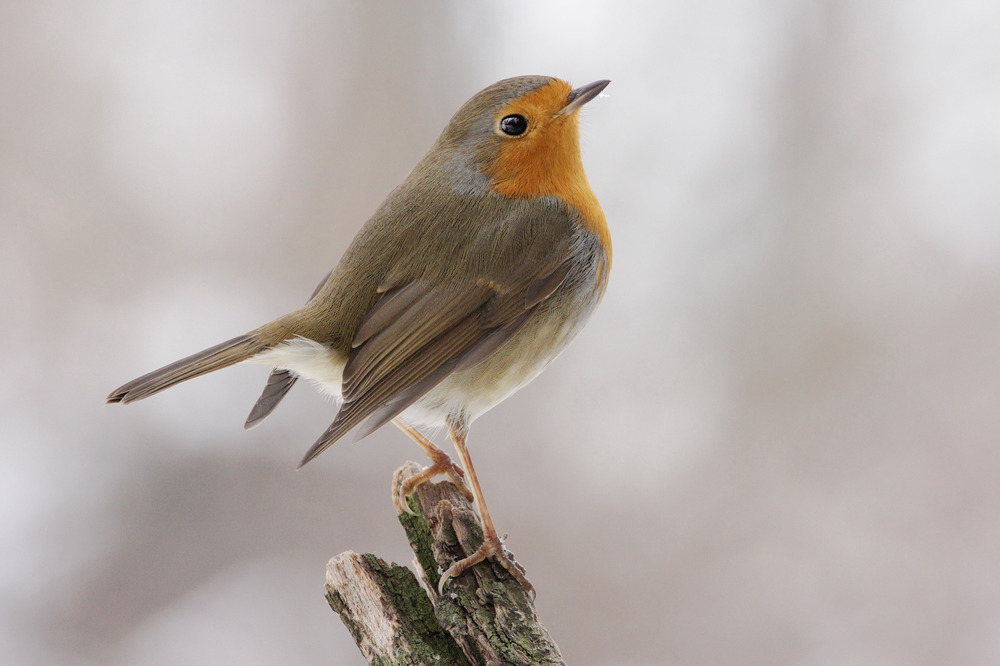We’ve all taken laughable images before. From being photobombed to tripping over unexpected objects, we’ve made ourselves (or our subjects) look silly in front of the camera. While photography is an amazing opportunity to find refuge and acceptance, it’s also a great chance to humble yourself and find joy in the smallest of situations.
I’ve accumulated an abundance of hilarious photographs over the years, some of which can be viewed below. Every shot is accompanied by a short explanation and behind-the-scenes story. I hope these images bring a smile to your face. Have a wonderful, wonderful day and don’t forget to laugh. 🙂
When others spot you
Self-portraiture plays a significant part in my creative life. The wonderful places I scout are often well-known tourist locations, though it seems that my camera has the power to attract unexpected visitors even to the emptiest of places. There have been many times when I’ve had to face an inquisitive neighbor or attempt to look casual next to a group of passing tourists. Though the act of taking self-portraits (or photos in general) is nothing to be embarrassed about, we naturally feel awkward whilst posing among people who are doing normal, day-to-day things. Interestingly enough, my funniest outtakes involve friends or family members who’ve caught me trying to do a blue steel pose in front of the camera. The images below are my reactions to their laughter.


There’s a gorgeous location in the mountains of Cyprus which bathes in tranquility. Taking photos there is an absolute joy, especially on scorching days. After taking a bunch of “serious” images, I started pulling faces just for the fun of it. However, while pulling a particularly unappealing face, I was spotted by a family member.
Unruly hair flips

There is nothing quite as amusing as a hair flip gone wrong. Furthermore, there is nothing quite as hilarious as a blurred photo featuring a hair flip gone wrong. My hair, which has a mind of its own, has to deal with my bird-like arm movements and unflattering facial expressions. More often than not, these hindrances provide me with funny opportunities to humble myself. 🙂
Nature’s various pranks
Many of my photos end up becoming outtakes thanks to a falling leaf covering my eyes or a branch sticking out of my hair. Though these results can still be used in a portfolio thanks to everyone’s beloved cropping tool, there’s something hilariously special about sharing the uncropped versions with others. For example, the photo below was taken in the same backyard I previously mentioned; upon throwing a few fallen leaves into the air, the camera caught a strange little moment: a small decoration gifted by nature. 😉
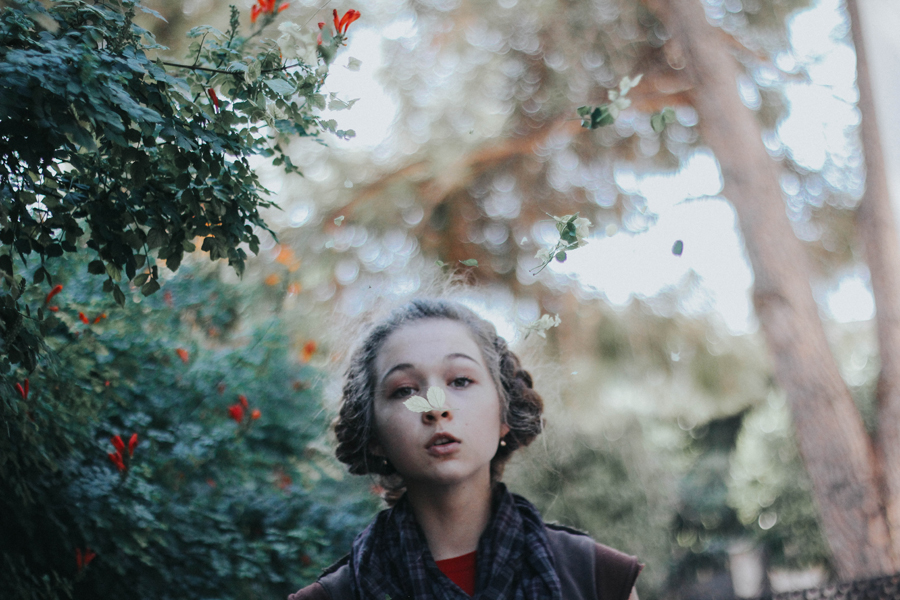
Uncooperative pets
I have a darling Scottish Fold kitten whose sassy attitude often prevents me from having successful shots (though you could call funny photo shoots successful). Despite being extremely photogenic, she rarely enjoys being held for a long time, especially in the presence of a camera. Some of her photoshoot habits include, but are not limited to, eating my hair, biting her own tail, and scratching my face. The positive side of this is that her rambunctious personality makes successful shots all the more valuable. More importantly, she gives me a chance to have a shoot that’s not only creativity-fulfilling but also very fun.
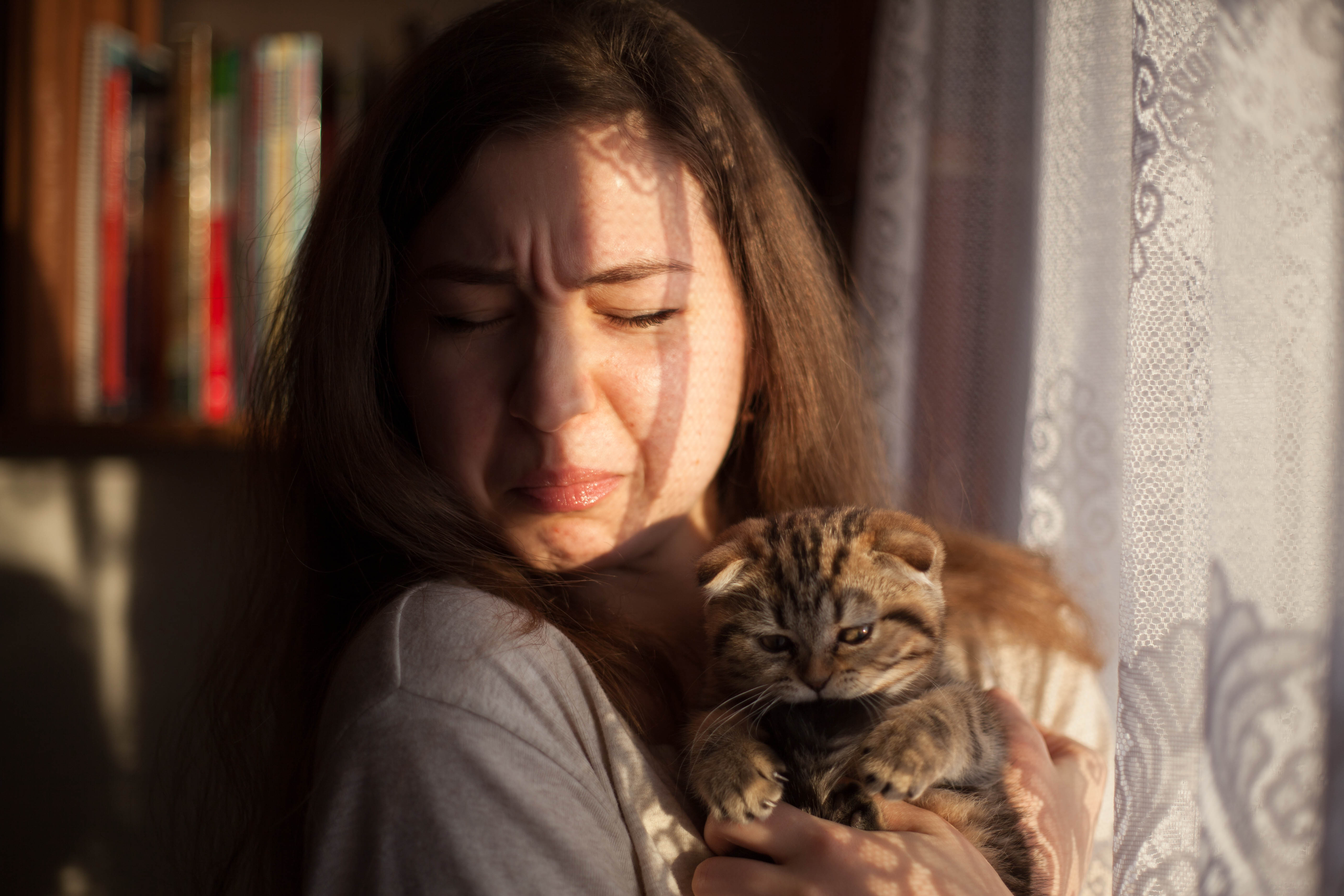
I greatly favor unexpected outtakes, but I also find beauty in intentional face-pulling and expression making. It’s important to have fun during a shoot, no matter who or what your subject is. If there aren’t enough amusing elements around, create your own world of funny situations. If you’re working with someone, remember to relax; even if your shoot isn’t a humorous one, mutual comfortability will result in equally comfortable and visually appealing images. So remember to relax, have fun, and pull a few funny faces during your shoot.
Happy shooting!


